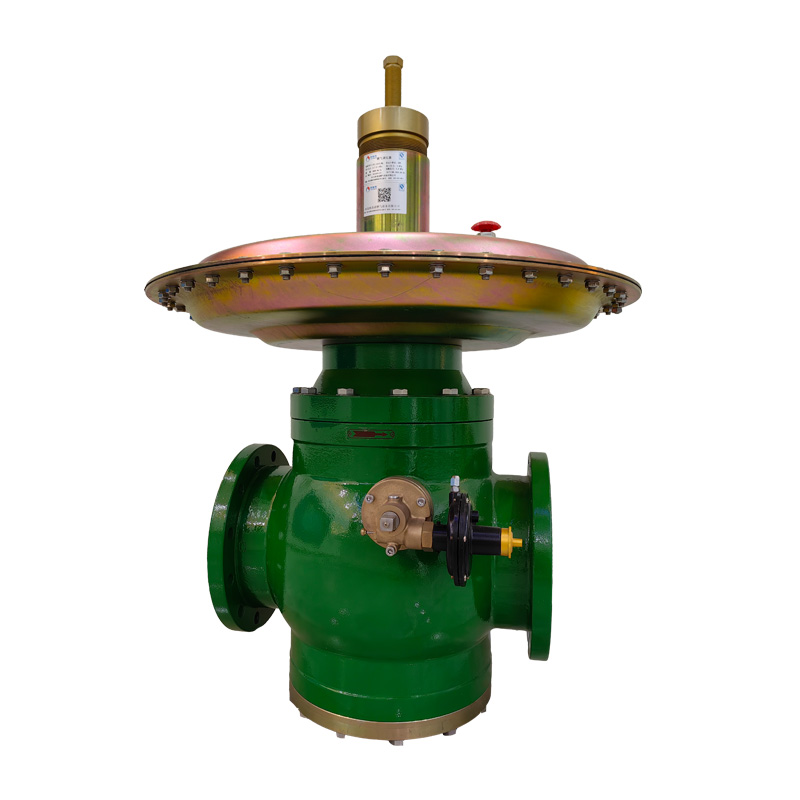
Aug . 07, 2024 15:45
Back to list
Designing an Efficient Heat Exchanger for Gas Applications in Industrial Processes
Heat Exchanger for Gases Understanding the Fundamentals
A heat exchanger is a crucial component widely used in various industries, including chemical processing, HVAC (Heating, Ventilation, and Air Conditioning), and power generation. Its primary function is to transfer heat between two or more fluids, which could be gases, liquids, or a combination of both, without mixing them. This article focuses specifically on heat exchangers designed for gases and explores their operation, types, applications, and benefits.
Working Principle of Heat Exchangers
The basic principle of a heat exchanger involves the transfer of thermal energy from a hot gas to a cooler gas. This process is essential for improving energy efficiency in numerous systems. When hot gas flows through the heat exchanger, it transfers part of its heat to the cooler gas that is flowing in the opposite direction (counterflow) or the same direction (parallel flow).
Heat exchangers typically consist of a series of tubes or plates. The hot gas enters through one section and travels through tubes, while the cooler gas passes through another section, often separated by walls to prevent mixing. The design ensures that the maximum surface area is available for heat transfer, enhancing the efficiency of the process.
Types of Heat Exchangers for Gases
.
2. Plate Heat Exchangers Made up of thin plates stacked together, plate heat exchangers offer a larger surface area relative to their size, making them highly efficient in transferring heat. They are compact and can be easily cleaned, making them suitable for various gaseous applications.
مبادل حراري للغاز

3. Air-to-Air Heat Exchangers These exchangers are designed specifically for transferring heat between two air streams. They are commonly used in ventilation systems to recover heat from exhaust air, helping to reduce energy costs in heating and cooling systems.
4. Regenerative Heat Exchangers These devices temporarily store heat from the hot gas and release it to the cold gas later. They are often seen in industrial applications where large volumes of gas need to be heated or cooled efficiently.
Applications of Gas Heat Exchangers
Heat exchangers for gases find numerous applications across various sectors. In the chemical industry, they are essential for processes like distillation and condensation. In HVAC systems, they play a vital role in energy recovery, improving system efficiencies. Additionally, air-to-air heat exchangers are prominent in climate control within residential and commercial buildings.
Gas heat exchangers are also critical in power generation, particularly in combined cycle power plants, where they facilitate the transfer of heat from exhaust gases to water, generating steam to drive turbines.
Benefits of Using Heat Exchangers in Gaseous Applications
The benefits of implementing heat exchangers in processes involving gases are significant. Firstly, they enhance energy efficiency by recovering waste heat, thereby reducing operational costs. Secondly, they minimize environmental impact by lowering greenhouse gas emissions through better thermal management. Thirdly, they can improve system performance and reliability, contributing to the overall longevity of industrial equipment.
In conclusion, heat exchangers play an indispensable role in the efficient management of thermal energy in gas systems. Their various designs and applications demonstrate the importance of heat transfer technology in contributing to energy savings and sustainability across multiple industries. As industries continue to evolve and demand more energy-efficient solutions, the relevance of gas heat exchangers will only increase.
Latest news
-
Safety Valve Spring-Loaded Design Overpressure ProtectionNewsJul.25,2025
-
Precision Voltage Regulator AC5 Accuracy Grade PerformanceNewsJul.25,2025
-
Natural Gas Pressure Regulating Skid Industrial Pipeline ApplicationsNewsJul.25,2025
-
Natural Gas Filter Stainless Steel Mesh Element DesignNewsJul.25,2025
-
Gas Pressure Regulator Valve Direct-Acting Spring-Loaded DesignNewsJul.25,2025
-
Decompression Equipment Multi-Stage Heat Exchange System DesignNewsJul.25,2025

